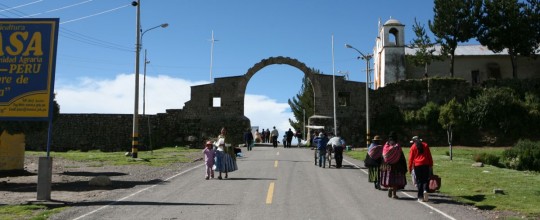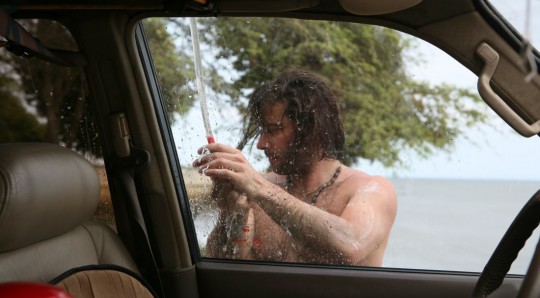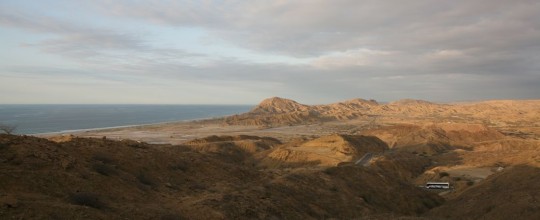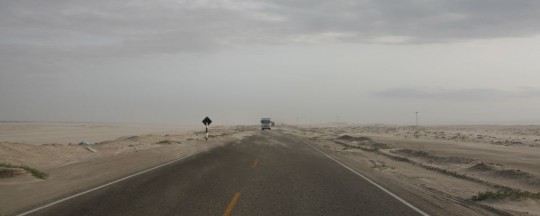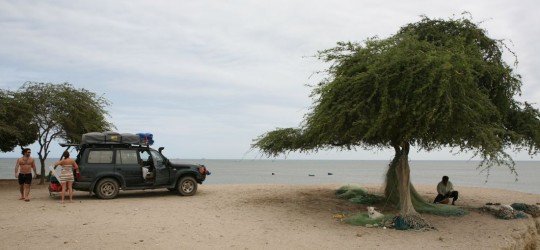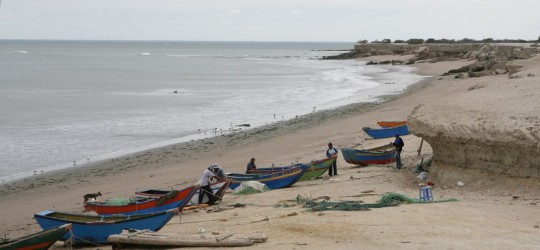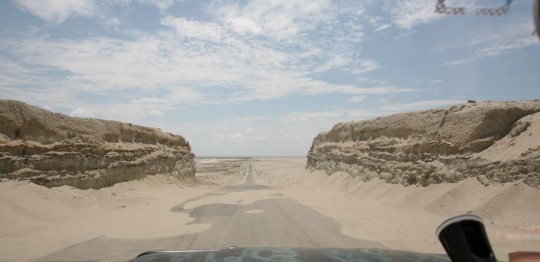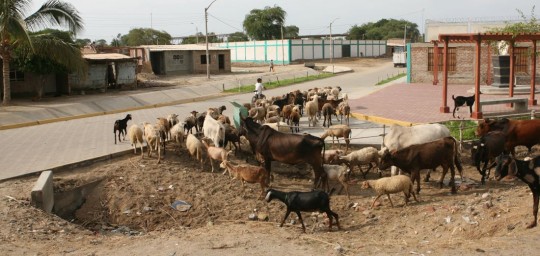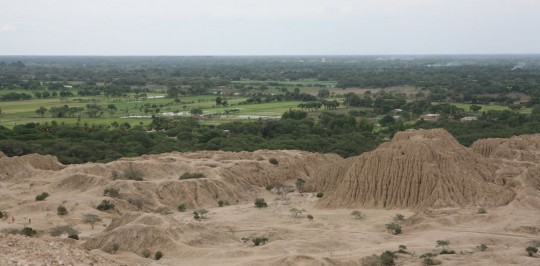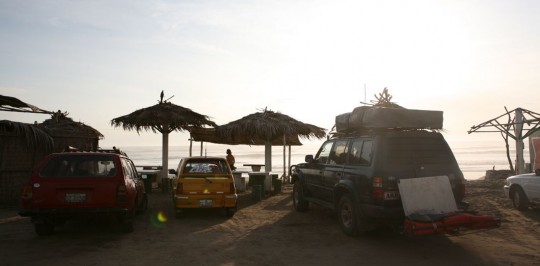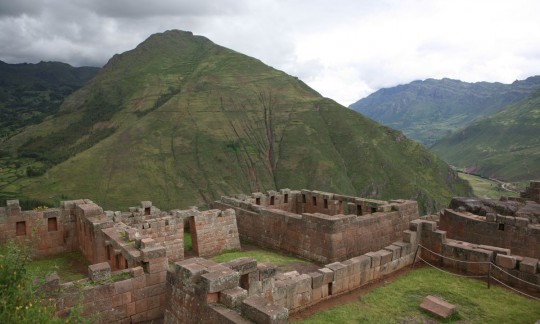
Ten minutes after I got to Cusco, a guy took a laptop from the trunk. I chased him and got it back. Twenty minutes later, as we were away from the truck, some other dude tried to force into the trunk, breaking the lock, fortunately with no success.
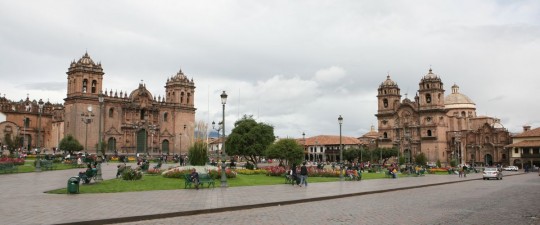
That was a warm welcome in the charming and colorful city built by the Spanish and located in the mountains at 3,500 meters high. After these events, we spent our time locking and unlocking doors and trunk, and paying extra attention to the surroundings.
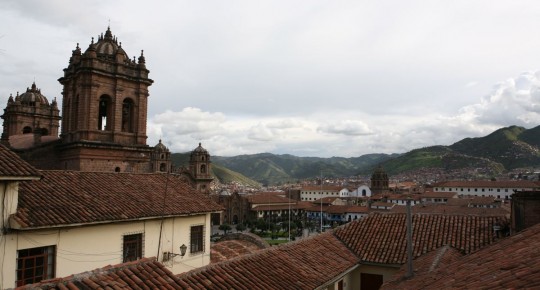
We arrived on Thursday and as Dan was leaving us the day after, we hurried to take a tour of the city in the afternoon. It was great to stroll along the streets of one of the nicest city we saw so far. The highlight of the day was a visit of the food market where we had coca leaves tea and bought a massive amount of cheese, the best I had in a long time. Peruvians are good bakers too, and at time, the bread can be similar to the one you find in France.
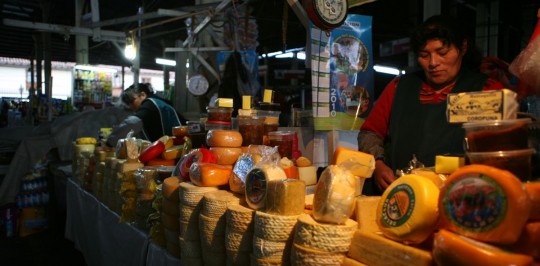
We took a hotel room (Inka’s Inn, US$4 per person), and after this long day, I just stayed in the room eating cheese and organizing photos I took. Of course in the morning, I was unable to get hot water. That became a classic, as always hotel owners promise it to you, and you never get it. Hot water became our Machu Picchu. Always wanted to see it, with no success.
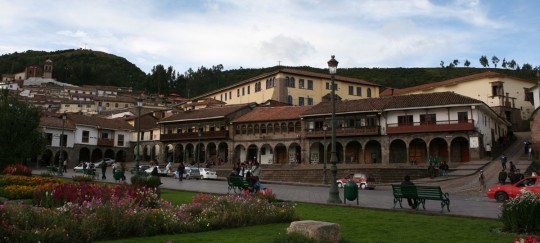
I drove Dan to the airport, and got back to our street, where our French friends had parked their RV as well.At the beginning of the afternoon, we went back to the market to buy food, and left all together for a two-days excursion in the sacred valley. Our first stop will be Moray, a stunning site used by the Incas as an open-air crop nursery. There, depressions are lined with terracing.
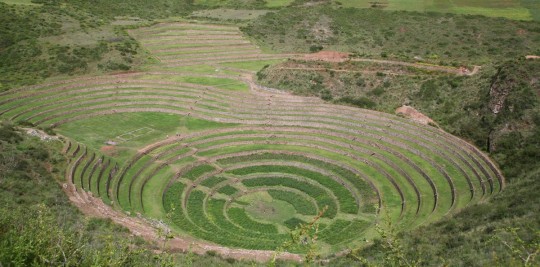
We slept there, covered with many blankets, as the cold weather is here to stay for at least two weeks, following us through Peru and Bolivia. (Free camping is allowed on the site’s parking)
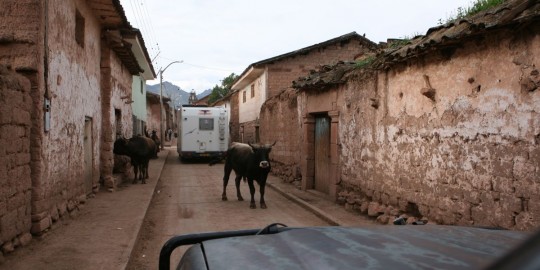
The following morning, we departed for Pisac, a major site of the Sacred Valley. This is definitely the substitute for Machu Picchu, as the latest will be closed for few more weeks and we will not be able to visit it in this expedition.
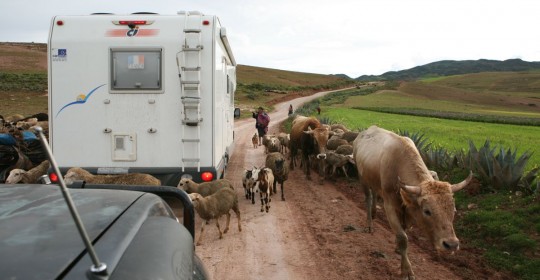
Pisac is an Inca fortress 30 kilometers of Cusco. It took us three hours to visit the site, larger than Machu Picchu. The walk through the ruins goes across terraces, temples and housings, purification baths and water channels. Everywhere you can admire the fine masonry work of the Incas.
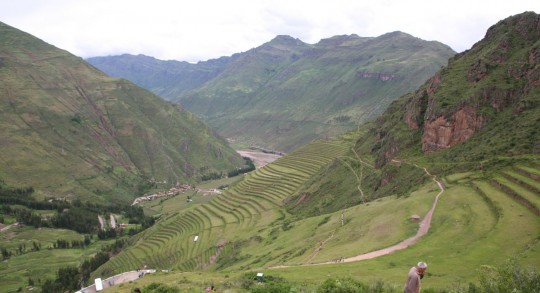
Later, we rolled back to Cusco, and as night was falling, we stopped in Chinchero to admire the church and the plaza.
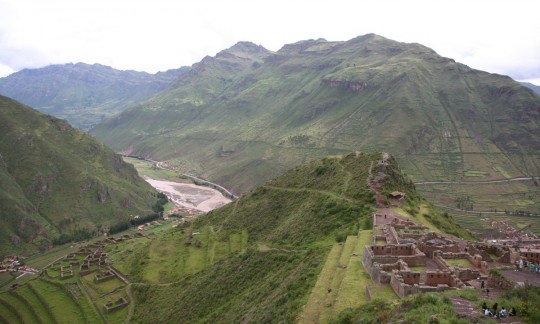
Back in Cusco, we returned to the same hotel we spent our first night (to make sure water was always as cold) and had a great pizza in the same street. It is nice once in a while to have something to eat from the old country.
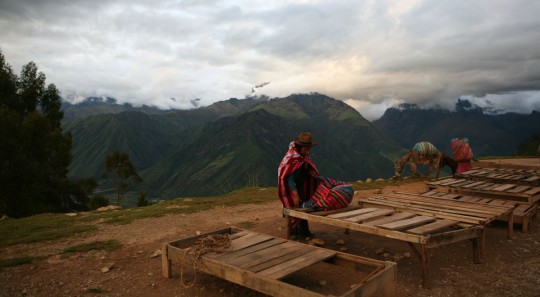
We spent the following morning walking in the city and went back again at the food market. The next step was the Lake Titicaca, and we wanted to make sure we had enough to eat while up there.
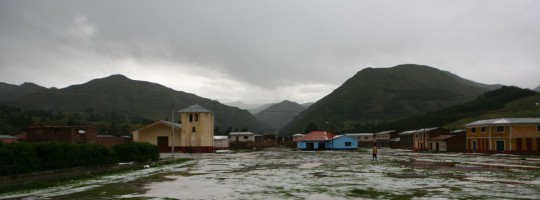
At the beginning of the afternoon, we left the French convoy, and started our trip to the lake. We went up high in the mountains, and saw snow in some villages. We also noticed several scary looking peaks with eternal snowcaps or glaciers.
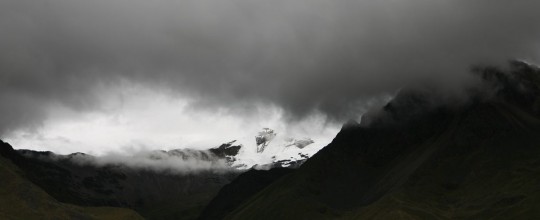
It took up six hours to go all the way to Puno, on the border of the lake Titicaca, and there, we camped in the parking of a hotel.
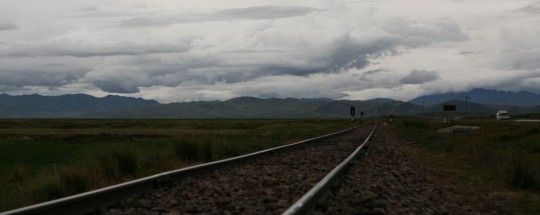
For US$15 (ouch!), in addition to authorize us to park they let us also use the showers. At this point we were so tired that we accepted the price. I cooked some pork with honey I bought at the market, and went to sleep under heavy rain.
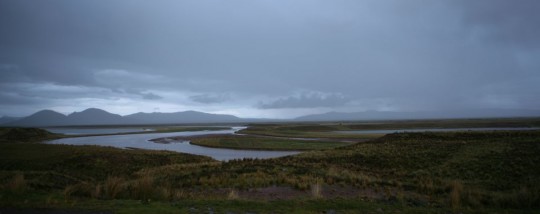
In the morning, we wake up early to catch the boats going to the floating islands. The islands are man-made and built with layers of tortora reeds, a common plant in the shallows of the lake. The Uros Indians living on these islands live mainly of tourism, fishing and hunting. Life therehas never been easy, as freshwater is hard to come by, and the reeds rot rapidly, necessitating constant addition of layers.
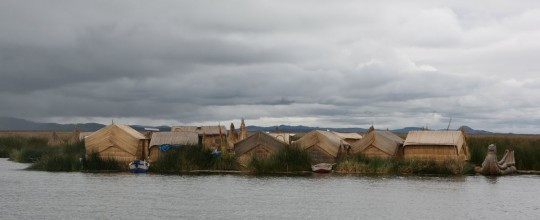
Despite these interesting facts, you can’t help but be put off by the transformation of the proud fishermen into touristic puppets. Back on the shore at noon, I was behind the wheel again, and drove straight to the Bolivian border, where new adventures were awaiting us.
